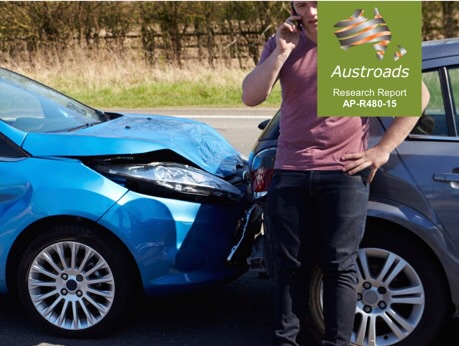The leading transport and traffic authority in Australia, Austroads, has again neglected motorcyclists in its latest report on rear-ender crashes.
In the 129-page report titled Investigation of Key Crash Types: Rear-end Crashes in Urban and Rural Environments, there is not one mention of the word “motorcycle”. Zip, zero, nada, nought!
This is despite the fact that rear-enders are statistically the most common form of crash involving a motorcycle.
This follows the release in February of an 87-page Austroads report on the framework for road planning which also totally neglects motorcycle riders.
The “Level of Service Metrics (for Network Operations)” report was designed to take in “the perspectives of different road users”, yet missed out one single reference to motorcycles.
The latest report from Austroads, which is the Association of Australian and New Zealand Road Transport and Traffic Authorities, is titled Investigation of Key Crash Types: Rear-end Crashes in Urban and Rural Environments.
The report collates research into factors contributing to the incidence and severity of rear-end crashes in urban and rural environments in Australia and New Zealand and identifies a number of possible pertinent mitigation measures.
The researchers analysed crash data from 2006-2010 and inspected key crash sites.
The report then recommends ways to reduce the incidence and severity of rear-end crashes.
The National Road Safety Strategy has identified intersection crashes as one of the most frequent crash types occurring on Australian roads, so it seems surprising that they haven’t mentioned motorcycles as most rear-enders with bikes happen at traffic lights.
However, there is some good news as some of the recommendations could have beneficial ramifications for riders. They include higher friction surfaces at intersections, making intersections more visible, roundabouts to replace traffic lights and better co-ordination of traffic lights and the time on red and yellow.
A worrying recommendation, though, is “reviewing the appropriateness of speed limits based on visibility and crash history”. You know what that usually means? Lower speed limits!



